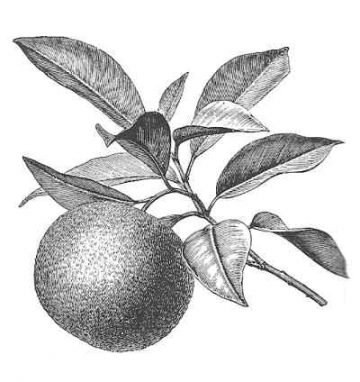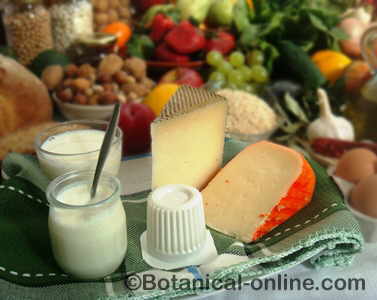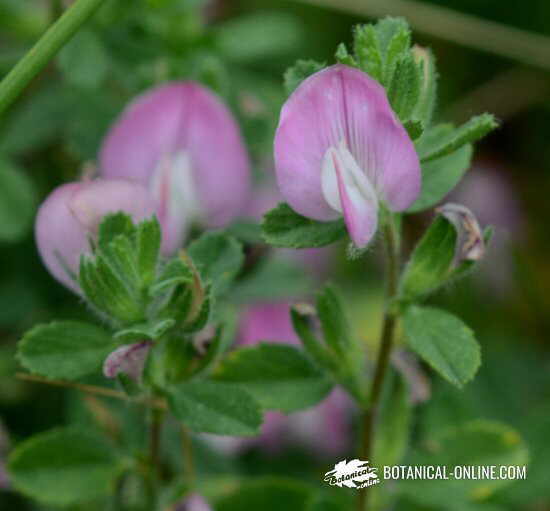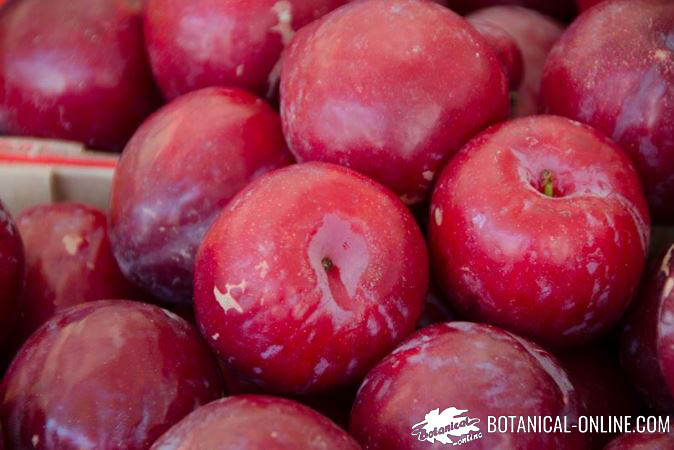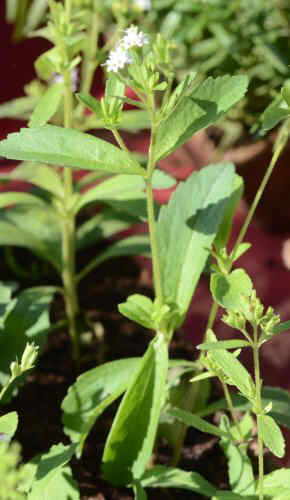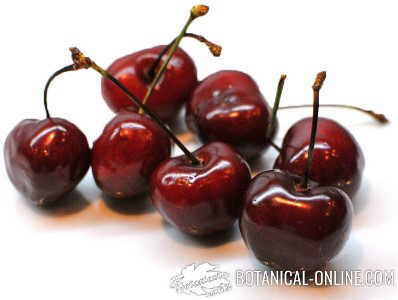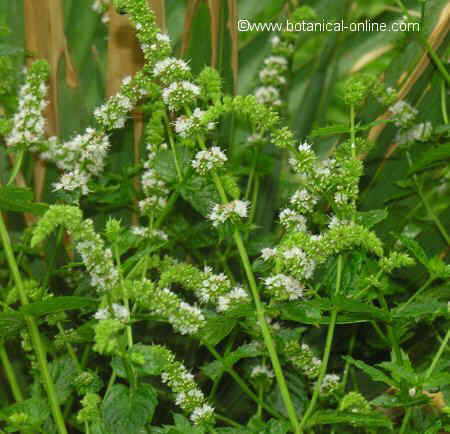Contents
What is an orange tree
Characteristics of orange tree (Citrus X sinensis)
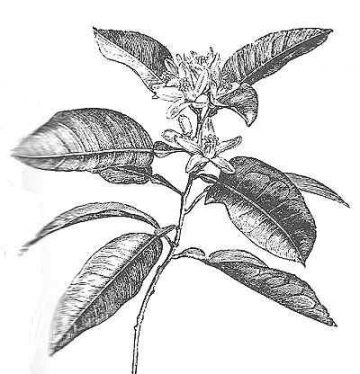
Common English noun: Orange tree, Sweet orange
Scientific noun: Citrus X sinensis (L.) Osbeck.
– Synonyms: Citrus aurantium var. sinensis L. = Citrus bigardia Riss.
Family: Rue family – Rutaceae.
Habitat: Where do orange trees grow?
Native from South east of Asia, it was first cultivated in China and it can be found as an ornamental or alimentary tree in the Mediterranean countries.
Description of orange tree
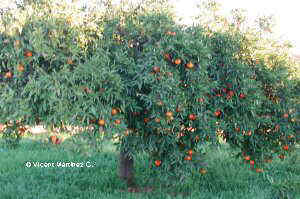
Perennial tree of Rue family – Rutaceae – up to 10 m., with a very round cup. Slightly prickly stems.
Coriaceous leaves, elliptical or lanceolate elliptic, acute and with a narrow winged stem
White flowers, very scented, with 5 petals and numerous stamens.
Fruits (oranges) are hesperidia with quite enough smooth rind and a sweet or sour taste, not bitter.
Collecting and storing:
Oranges should be collected in winter. Flowers and leaves in spring. Flowers should be dried by extending them on a dry surface. Leaves should be collected in spring and, as well as flowers, should be kept in a dry obscure place.
Components of orange tree

Details of the plant with a fruit - Alkaloids: betaine, (fruit) caffeine (leaves and flowers)
- Essences: limonene (fruit)
- Acids: ascorbic acid (plant), citric, ferulic, glutamic, linoleic, oxalic, serine, etc. (Fruit)
- Pectin
- Amino acids: arginine, asparagine, histidine, proline (fruit)
- Sugars: fructose, galactose, glucose, sucrose (fruit)
- Proteins
- Vitamins: Riboflavine (vitamin B2), thiamine (vitamin B1) carotene (vitamin A), B6, Ascorbic acid (vitamin C) (fruit)
- Minerals and metals: Aluminium, calcium, barium, cadmium, copper, chrome, iron, magnesium, phosphorus, potassium, sodium, zinc. (fruit)
![]() More information on orange tree
More information on orange tree

